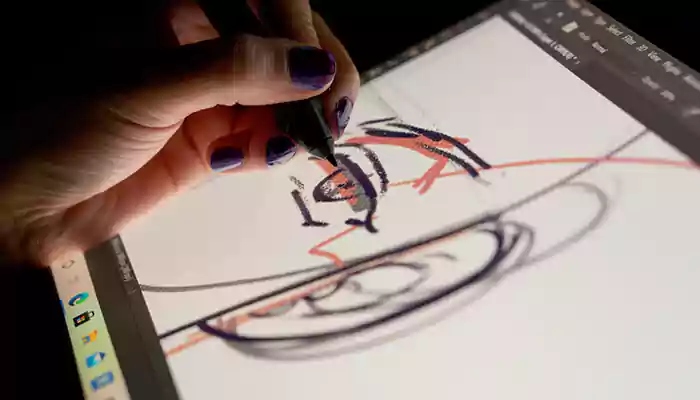Experimental animation is a name given to the very artistic style of animation that heavily relies on new techniques. Unlike normal animation, experimental animation is done with bare hands and by the use of various man made props.
There are some forms of experimental animation that are famous but unknown to common man. These are
Pinscreen
In pinscreen animation, several pins are used to create an image by using a light source. As the name suggests, it needs a big screen with several holes in it. These holes are filled with long pins which out from another side. Then lights are used from the back to create shadows of the pins. One can move the pins in or out as per the requirement and it creates a picture on the screen. This frame is then captured and placed along with other frames to create animation. After each frame, one needs to adjust the pins according to the next frame and it takes a lot of time in creating these frames. The technique is developed by Alexander Alexeieff and Claire Parker, a couple who used more than 24000 pins to create black and white animation on the screen.
Paper Cutout
Paper cutout animation is done by placing cutouts of paper on the background and moving them frame by frame to create movement. It is the oldest form of animation and is known for its simplicity and neatness. Paper cutout animation is done to create 2d animation as the cutouts used are generally flat and flattering on the screen. It is similar to the claymation technique where clay-made objects are placed on a background. It is easier to make paper cutouts but it is quite difficult to move them because of their fragility, size, type, etc. That is why actions are planned while carrying out paper cutout animation. It requires a camera, celluloid or a transparent sheet, cut-outs of paper, and a source of light to create paper cutout animation. It is a traditional form of animation and has been widely used since its inception.
Pixilation
In Pixilation animation, instead of objects made of clay, papers, etc. humans are used in a frame. This form of animation requires people in front of the background to do some action and their still image is captured to make a frame. Similar to traditional animation, several frames are shot and produced together to create movement through the pixilation technique. One of the major advantages of using pixilation is that you can alter the reactions, emotions, actions, and activities of human beings since they are your main subjects and it can save time.


